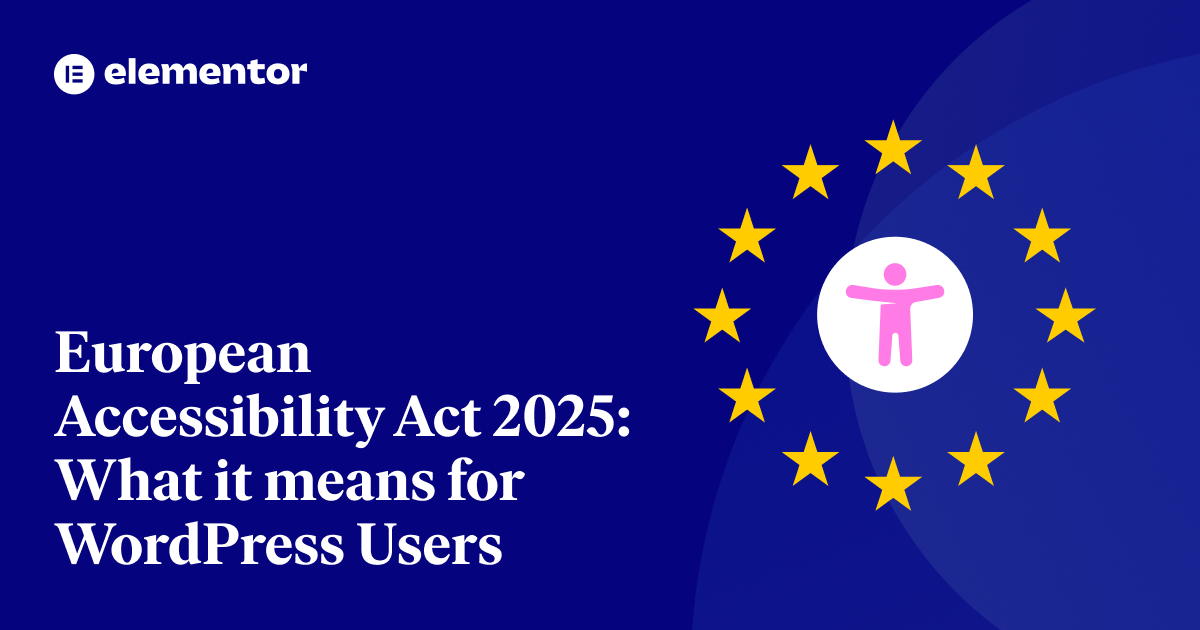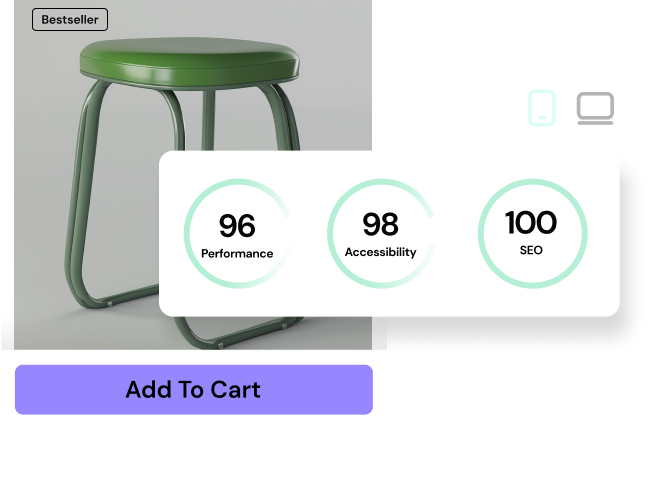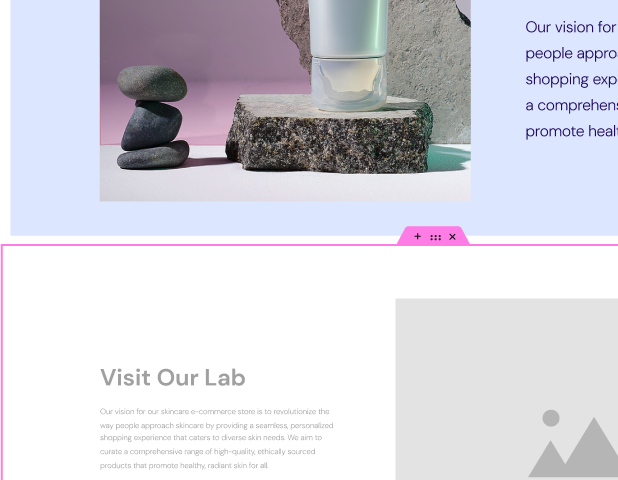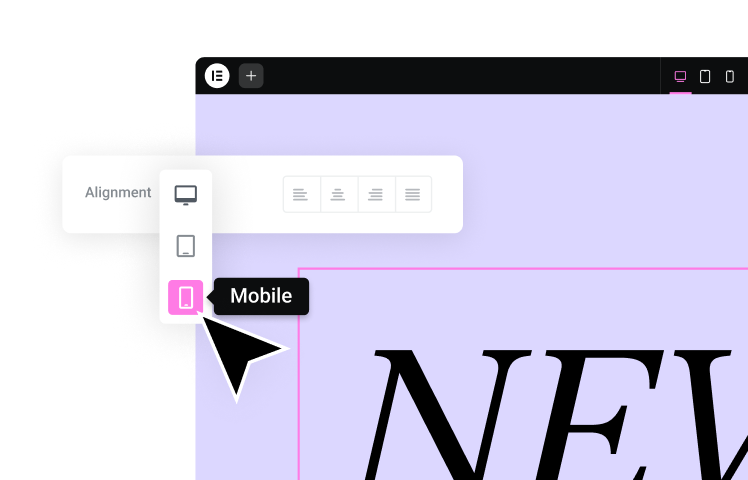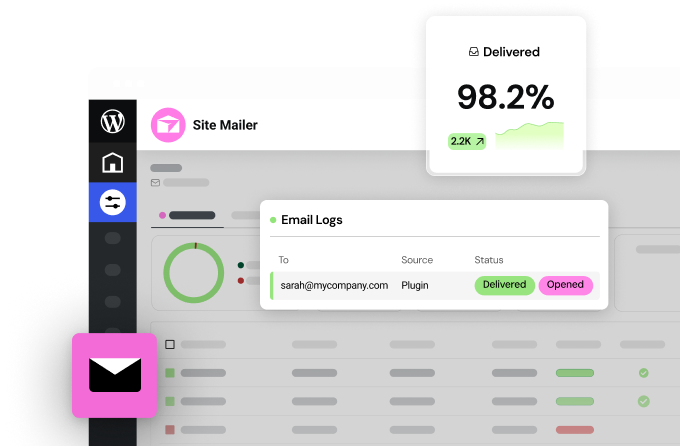Table of Contents
Reviewed by: Tamar Schapira, SenseIT
Disclaimer:
This article is for informational purposes only and does not constitute legal advice. We recommend consulting a qualified attorney for guidance on accessibility compliance and legal requirements specific to your situation.
You may already be aware that the European Accessibility Act (EAA) takes effect on June 28, 2025. As the deadline approaches, many freelancers and agencies are questioning how this new law will impact their work.
With this legislation, both government institutions and private businesses are required to make their digital and physical offerings accessible to people with disabilities. For web designers, developers, and agencies, this means adapting to new compliance standards that will fundamentally shape how websites and digital services are created.
As a small business owner or digital service provider, navigating these regulations can be challenging. Understanding how they apply to your projects and what changes are necessary for compliance will be essential—not only to avoid legal risks but also to stay competitive in an increasingly accessibility-conscious market.
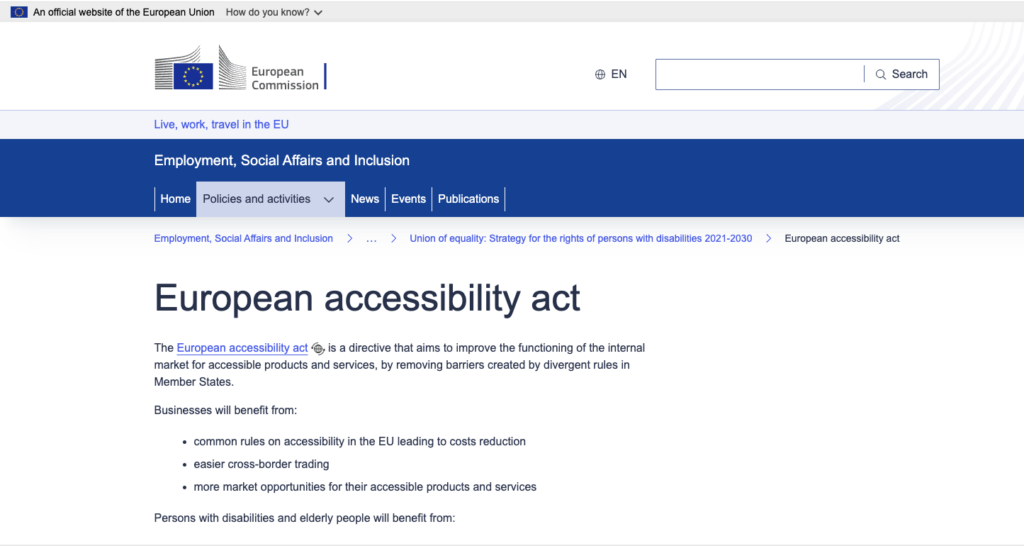
In this article, we’ll outline the key implications of the EAA and show how similar accessibility laws have been introduced and subsequently expanded in countries like Australia, Canada, and Israel.
Scan you website to detect accessibility violations – it’s free
What is the European Accessibility Act (EAA)?
Adopted in 2019, the European Accessibility Act aims to make goods and services more accessible to approximately 25% of EU residents with disabilities, accounting for over 100 million people.
Its requirements include:
- Adherence to Accessibility Standards
- While the EAA doesn’t specify WCAG 2.1 by name, laws regarding digital accessibility often align closely with WCAG 2.1 Level AA standards.
- This means your website or app should have clear text, adequate color contrast, descriptive alt text for images, and full functionality via keyboard navigation, to name a few requirements.
- Accessible Digital Services
- Businesses providing online banking, e-commerce, streaming services, and other key digital offerings must ensure compatibility with assistive technologies (like screen readers).
- Forms, checkout processes, and navigation menus should be built and tested for usability for people with disabilities..
- User Feedback and Reporting Mechanisms
- You’ll be expected to provide clear ways for users to report accessibility issues.
- Many organizations will need to produce or update an Accessibility Statement detailing their compliance and complaint-resolution process.
The EAA goes into full effect on June 28, 2025, and broadens accessibility regulations, moving beyond public-sector websites to include private-sector businesses. For web professionals, this means accessibility is no longer optional—it’s becoming a legal necessity for businesses operating in the EU.
Who needs to comply?
- Freelancers and agencies working on websites, mobile apps, and digital services
- Businesses offering e-commerce, banking, streaming, and online tools
- Companies operating physical self-service products like ATMs and kiosks
What happens if you don’t comply?
- Lawsuits, fines and penalties for businesses
- Removal of non-compliant products/services from the EU market
- Business restrictions within the EU
Steps for freelancers and agencies to adapt
To stay ahead, follow these key steps:
- Learn WCAG 2.1 guidelines
- Familiarize yourself with accessibility best practices and integrate them into projects.
- Use accessibility-focused plugins
- Enhance compliance with tools that automate common accessibility fixes, such as Elementor and Gravity Forms.
- Perform manual accessibility tests
- Evaluate your websites by manually checking navigation, keyboard accessibility, screen reader compatibility, and other key accessibility factors.
- Use accessibility checkers
- Regularly test websites and apps for accessibility issues with automated tools.
- Consult an accessibility-focused law firm
- Ensure legal compliance for clients with complex accessibility requirements.
- Adapt your website development process
- Incorporate accessibility principles into your workflow, from wireframing to final deployment, ensuring that all users, including those with disabilities, can navigate and interact with your sites effectively.
Advanced step: adding accessibility as a service
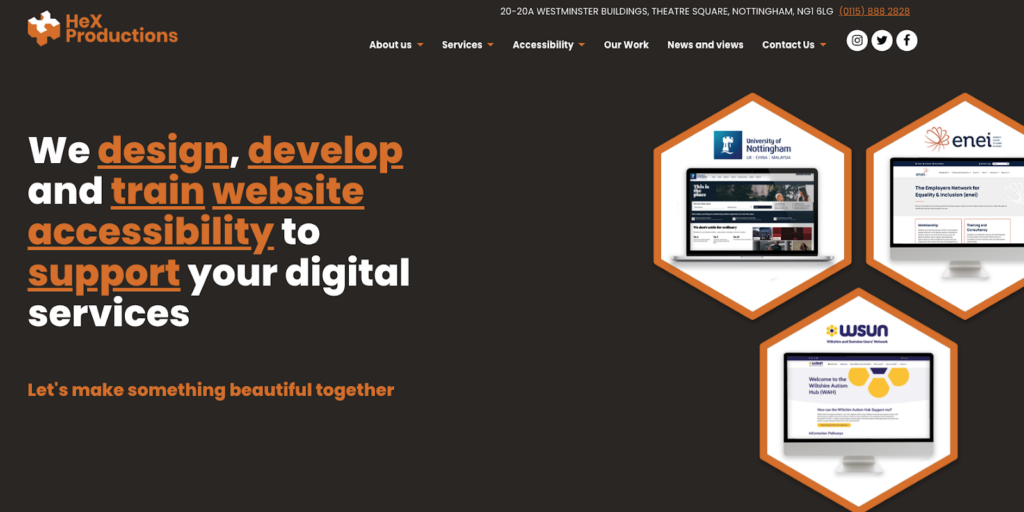
Agency offering accessible websites
Once you have a solid understanding of accessibility regulations and have incorporated best practices into your website development process, consider offering accessibility as a core part of your services. By positioning yourself as an expert in inclusive web design, you can attract clients who prioritize compliance and usability.
Additionally, as awareness of digital accessibility continues to grow, businesses will increasingly seek professionals who can help them meet these standards—creating new opportunities and a competitive advantage for your services.
By following these steps, freelancers and agencies can future-proof their work, avoid costly redesigns, and deliver inclusive experiences.
Ignoring these requirements could mean expensive website reworks, legal trouble, or losing business to more knowledgeable competitors.
What happened in Australia?
Australia’s Disability Discrimination Act (DDA), enacted in 1992, was one of the earliest laws to address accessibility.
In 2000, a landmark case against the Sydney Organising Committee for the Olympic Games (SOCOG) highlighted the issue of inaccessible websites, marking the start of legal enforcement for digital accessibility under the DDA. Over time, the requirement for accessible websites became widely recognized among businesses of all sizes.
What happened in Canada?
Ontario, Canada, introduced the Accessibility for Ontarians with Disabilities Act (AODA) in 2005. Compliance with accessibility standards, including websites, was phased in over time, with larger organizations required to comply earlier and small businesses following suit in subsequent years. By the 2010s, web accessibility had become a standard expectation, and non-compliance led to penalties and legal actions, reinforcing the importance of adherence to AODA regulations.
Scan you website to detect accessibility violations – it’s free
What happened in Israel?
In Israel, the implementation of Standard (IS) 5568 in 2017 mandated that organizations with annual revenues exceeding NIS 300,000 ensure their digital content adhered to accessibility standards.
By October 2020, this requirement extended to smaller businesses. Notably, Israeli law allows plaintiffs to file lawsuits without demonstrating actual damages, leading to increased legal actions against non-compliant entities.
If the same thing happens with the EAA, it means that both public and private sector organizations should ensure their digital and physical products are accessible to people with disabilities, and they should already start working on EAA compliance.
Conclusion & Key Takeaways
Accessibility regulations worldwide have shown a clear pattern: they often start with large organizations before gradually expanding to smaller businesses through enforcement and legal action. This has been the case in countries like Israel, Australia, and Canada. The EAA is poised to follow suit, bringing private-sector websites into its scope—not just in theory, but through real-world application.
Businesses should take this as a call to action. Rather than waiting for legal pressure, organizations of all sizes should proactively prioritize accessibility, ensuring compliance while also fostering a more inclusive digital experience for all.
Looking for fresh content?
By entering your email, you agree to receive Elementor emails, including marketing emails,
and agree to our Terms & Conditions and Privacy Policy.
